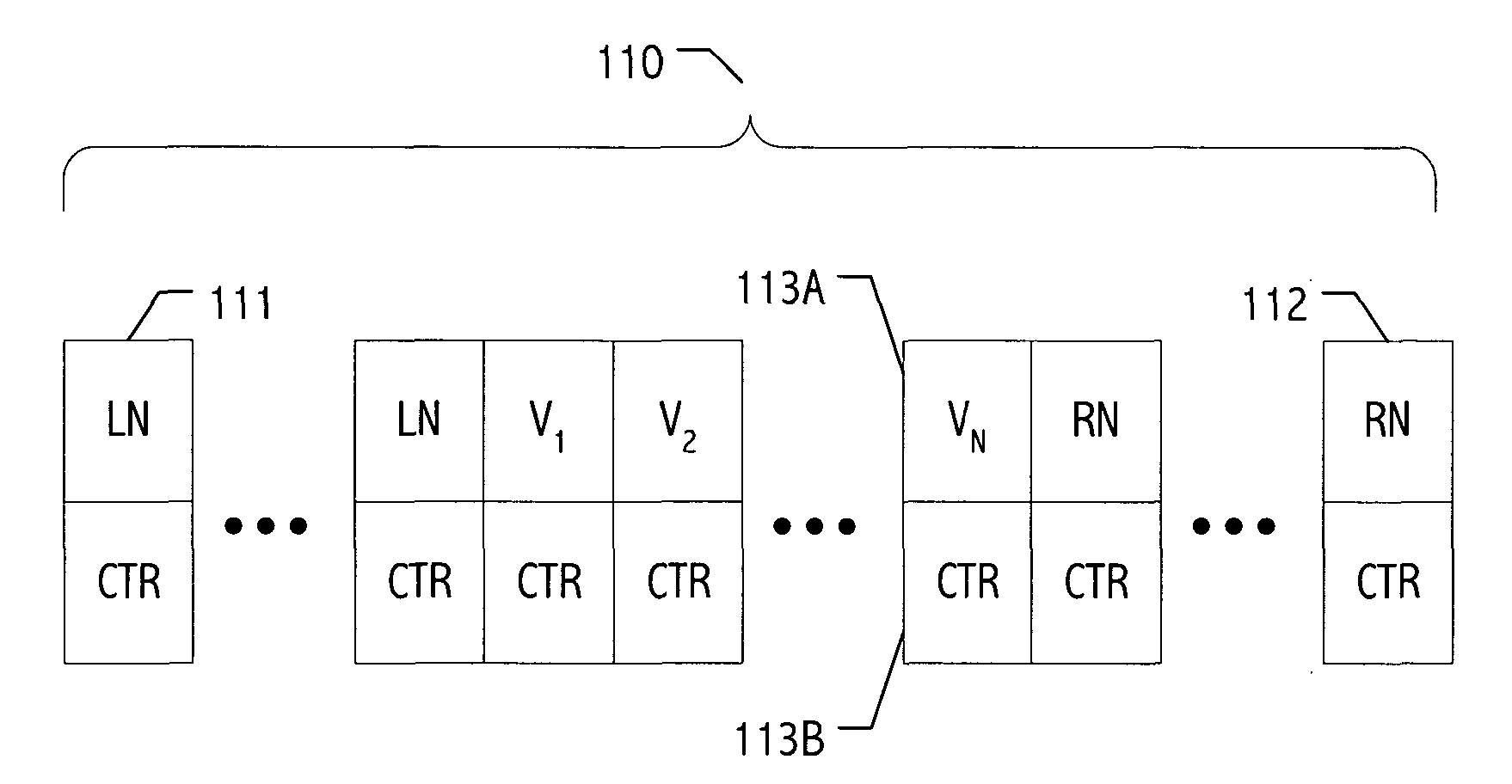Obstruction-free synchronization for shared data structures
a technology of shared data structure and synchronization, applied in the direction of multi-programming arrangement, instrumentation, program control, etc., can solve the problems of affecting the synchronization of shared data structur
- Summary
- Abstract
- Description
- Claims
- Application Information
AI Technical Summary
Problems solved by technology
Method used
Image
Examples
Embodiment Construction
)
[0016] To illustrate the power of our obstruction-free approach, we have implemented a nonblocking double-ended queue (i.e., a deque). Deques are more formally defined below. However, informally, deques generalize FIFO queues and LIFO stacks by supporting a sequence of values and operations for adding (pushing) a value to or removing (popping) a value from either end. Thus, implementing a shared deque combines the intricacies of implementing queues and stacks.
[0017] Using our techniques, we believe that we have achieved the first fully-functional, single-target synchronization based (e.g., CAS-based), non-blocking deque implementation in which opposing end operations do not always interfere. To contrast our results with that of others, we briefly summarize related work on nonblocking deques.
[0018] Arora, et al. proposed a limited-functionality CAS-based lock-free deque implementation (See N. S. Arora, B. Blumofe, and C. G. Plaxton, Thread Scheduling for Multiprogrammed Multiprocess...
PUM
 Login to View More
Login to View More Abstract
Description
Claims
Application Information
 Login to View More
Login to View More - R&D
- Intellectual Property
- Life Sciences
- Materials
- Tech Scout
- Unparalleled Data Quality
- Higher Quality Content
- 60% Fewer Hallucinations
Browse by: Latest US Patents, China's latest patents, Technical Efficacy Thesaurus, Application Domain, Technology Topic, Popular Technical Reports.
© 2025 PatSnap. All rights reserved.Legal|Privacy policy|Modern Slavery Act Transparency Statement|Sitemap|About US| Contact US: help@patsnap.com



